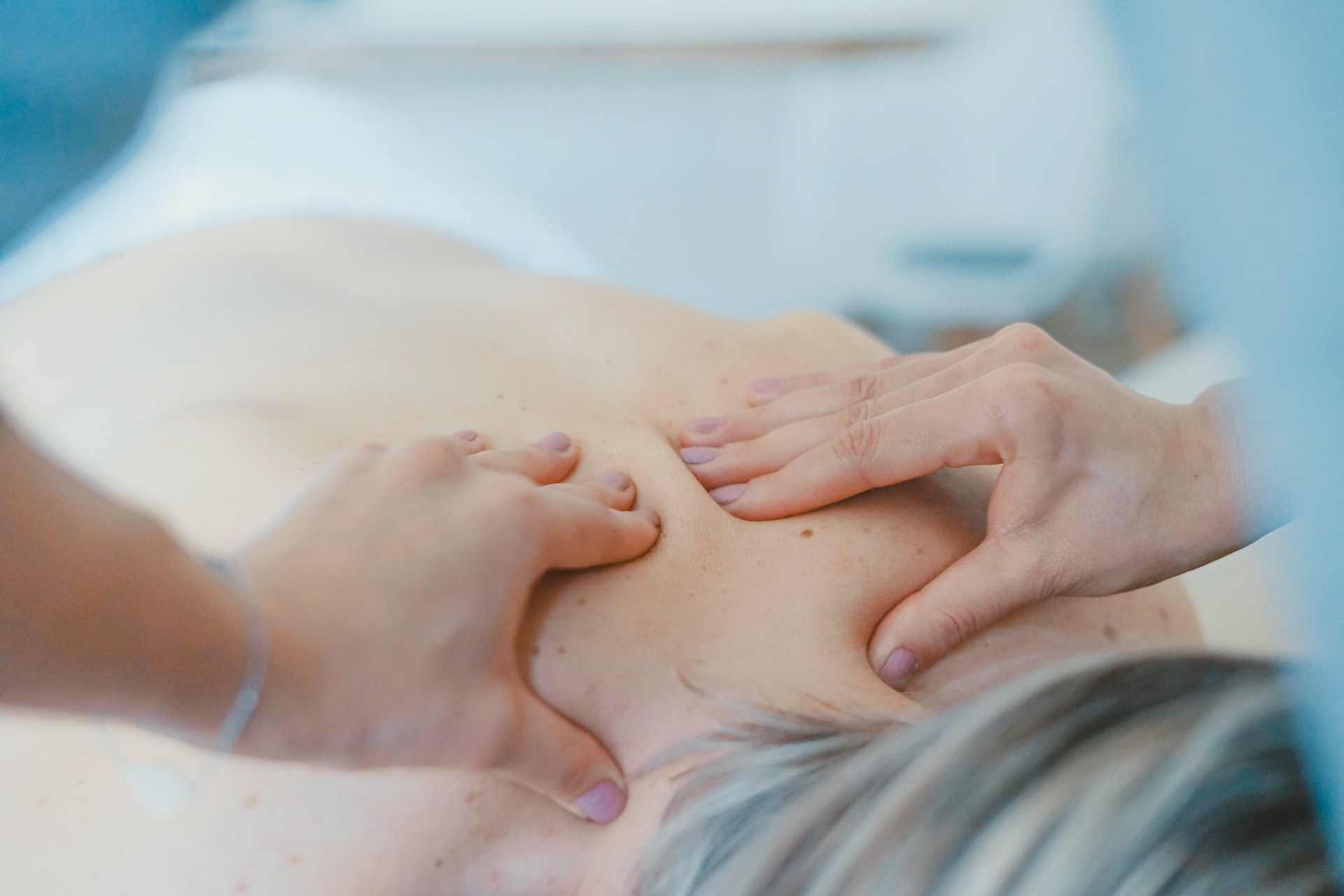Sports Massage has developed a reputation for treating and aiding the recovery of sports injuries, but what else is sports massage good for? In this article, we will discuss the benefits of sports massage, as well as detailing a number of conditions that can benefit from the treatment.
So, what is sports massage good for? Sports massage has a number of benefits for athletes and non-athletes alike, including DOMS reduction, improved range of motion, improved flexibility, decreased muscle tension, and a range of psychological benefits.
Read on to learn more about the benefits of sports massage, and the conditions that it can help.
What are the Benefits of Sports Massage?
Benefits of sports massage are split into two camps: physical and psychological. Below we have outlined some of the most common benefits that sports massage can provide for both athletes and non-athletes alike.
DOMS Reduction
Due to the strain placed on muscles as a result of physical activity, people often experience a reduction in performance immediately after they have finished an activity. However, a study has shown that sports massage has the potential to reduce the pain experienced by individuals after they have taken part in sporting activities.
This study found that having a targeted 5 minute sports massage immediately after the activity is complete can make a significant difference to the pain and fatigue that would normally be experienced. In turn, this can also help to aid recovery, and can help athletes to push further and harder to reach their goals.
Increased Range of Motion & Flexibility
It is widely reported that massage has a positive impact on range of motion. In fact, various types of massage have shown to have a significant, immediate impact on an individual’s range of motion. One study reported that massage significantly improved participants’ range of motion in the shoulder area, especially the flexion and abduction.
Meanwhile, another study reported that massage therapy has an immediate positive impact on the range of motion of lower limbs, and that such therapy could be useful for athletes, and for pathological conditions.
Decreased Muscle Tension
Sports massage may be effective in treating muscle tension, helping to aid overall recovery from intense exercise. One study highlights data supporting the use of sports massage to facilitate recovery from repetitive muscular contractions, suggesting that massage may also be effective in aiding muscular tension.
Psychological Benefits
Sports massage is also good for improving mental health and for managing the psychological strain of competing in athletic events. Studies have shown that sports massage therapy has the potential to reduce stress, anxiety, and depression in everyday people, and when applied to athletes, sports massage was found toimprove an athlete’s mood and their perception towards recovery.
Does Sports Massage Improve Performance?
According to a study from 2016, sports massage is thought to improve performance in the short-term after intense activities For example, a 30 minute sports massage after intense training could help to improve an individual’s performance in their next training session as they, theoretically, wouldn’t be experiencing as much pain, or a reduction in range of motion from the previous session.
This reduction in pain and fatigue means that individuals can focus on their performance and reaching their goals, rather than waiting for their body to catch up with their motivation. Studies suggest that, with the use of sports massage, athletes could feel less pain immediately after an activity and could be able to push for longer periods of time, or increase the intensity or their training.
Does Sports Massage Help Recovery?
Studies suggest that short, regular sports massages may be effective in aiding recovery due to its focus on deep tissue penetration, which can help to reduce DOMS and perceived fatigue. This is significant because it shows that an individual doesn’t need to spend hours on a massage bed in order to see strong improvement, particularly when administered 2-6 hours after training.
Experts advise particular techniques for aiding recovery, most commonly:
Effleurage
Effleurage is one of the most commonly used techniques for aiding recovery. Massage therapists use this technique to increase muscle temperature and stimulate blood flow. This encourages tight muscles and knots to relax and loosen, reducing tension and pain, thus contributing to recovery.
Kneading
Kneading involves the pulling and squeezing around the affected area to loosen tight muscles and improve circulation. This technique creates friction between the therapist’s hands and the client’s skin, which encourages improved circulation. In turn, this aids recovery by delivering essential oxygen and nutrients to the affected area, both of which are needed for the repair of damaged muscles.
Trigger Pointing
Trigger pointing is an effective technique for aiding recovery, particularly in areas where there is significant tightness, tension, or fatigue. This technique involves the massage therapist applying firm pressure to trigger points (the centre of a muscle fibre), helping to break down and soften knots. This restricts blood flow, causing an ischemic reaction and, when the pressure is released, the increased blood flow can help to repair the damaged muscle.
Final Thoughts
Research into sports massage has shown that it has a number of benefits for athletes, regular gym-goers, the average person, and for those with medical conditions. These benefits include DOMS reduction, decreased muscle tension, improved range of motion, recovery, and physiological benefits. As such, it’s important to recognise that sports massage isn’t just for athletes and sports injuries.
If you’re interested in becoming a sports massage therapist, Breeze Academy offers a range of sports massage training courses, from a beginner level 3 course sports massage course, to a more advanced level 4 course. We also offer a combined Level 3 and Level 4 sports massage course to help get your sports massage career off to a flying start. Take a look at our courses online today, or get in touch for more information.
